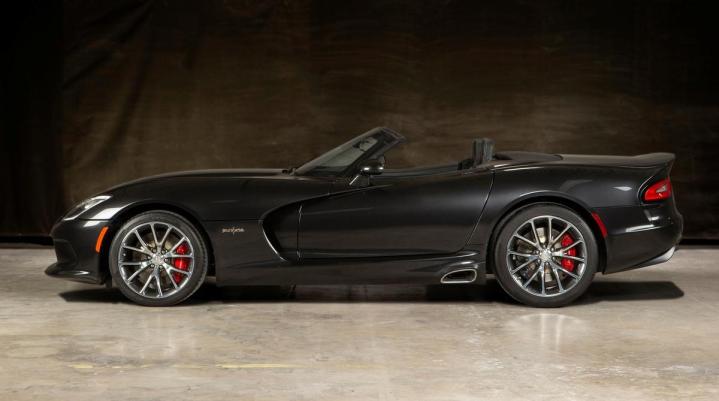
Chrysler hasn’t gotten around to making a new Viper convertible, so a company called Prefix Performance Vehicles has decided to fill the gap.
In keeping with the snake theme, Prefix’s Viper convertible is named Medusa. It features an automatically-folding soft top that doesn’t impact what little cargo space the stock Viper has, according to the company.
More importantly, the conversion doesn’t look like an improvised hack job. The top folds neatly into a nearly-flush tonneau behind the seats, and the roofless profile is nice and sleek.
Other than the convertible top, the Medusa is a stock Viper, with the same 8.4-liter V10 sending 640 horsepower and 600 pound-feet of torque to the rear wheels via a six-speed manual transmission.

Prefix says the Medusa will be built in “limited quantities,” but an actual number wasn’t specified. Each car will cost $35,000, on top of the cost of a stock Viper donor car.
Meanwhile, Chrysler itself seems to be doing the reverse of what it did with the previous-generation Viper, which debuted as a convertible for the 2003 model year, but didn’t get a coupe version until 2006.
Prefix isn’t the first aftermarket company to chop a top an OEM didn’t want to. Hardtop-only models from the Nissan GT-R to the Tesla Model S have been offered up for this cosmetic surgery in the past.
Editors' Recommendations
- Don’t let the gimmicks fool you. The Ioniq 5 N is a serious track car
- How do you crash-test an EV with an 871-pound battery? Mercedes showed us
- Don’t let these hidden EV fees catch you off guard (or deter you)
- The cheapest electric cars you can buy
- 2023 Kia Niro EV first drive review: Practical doesn’t have to bore you to tears


